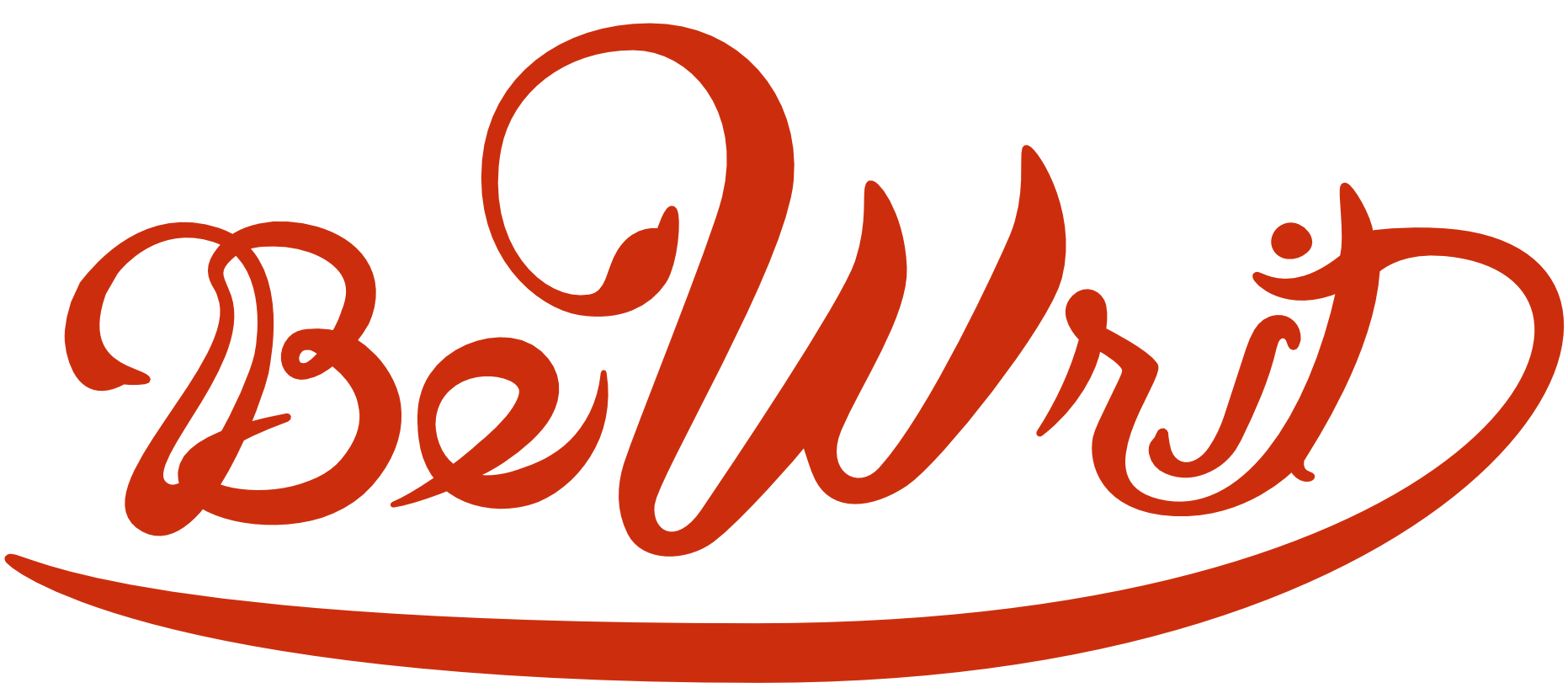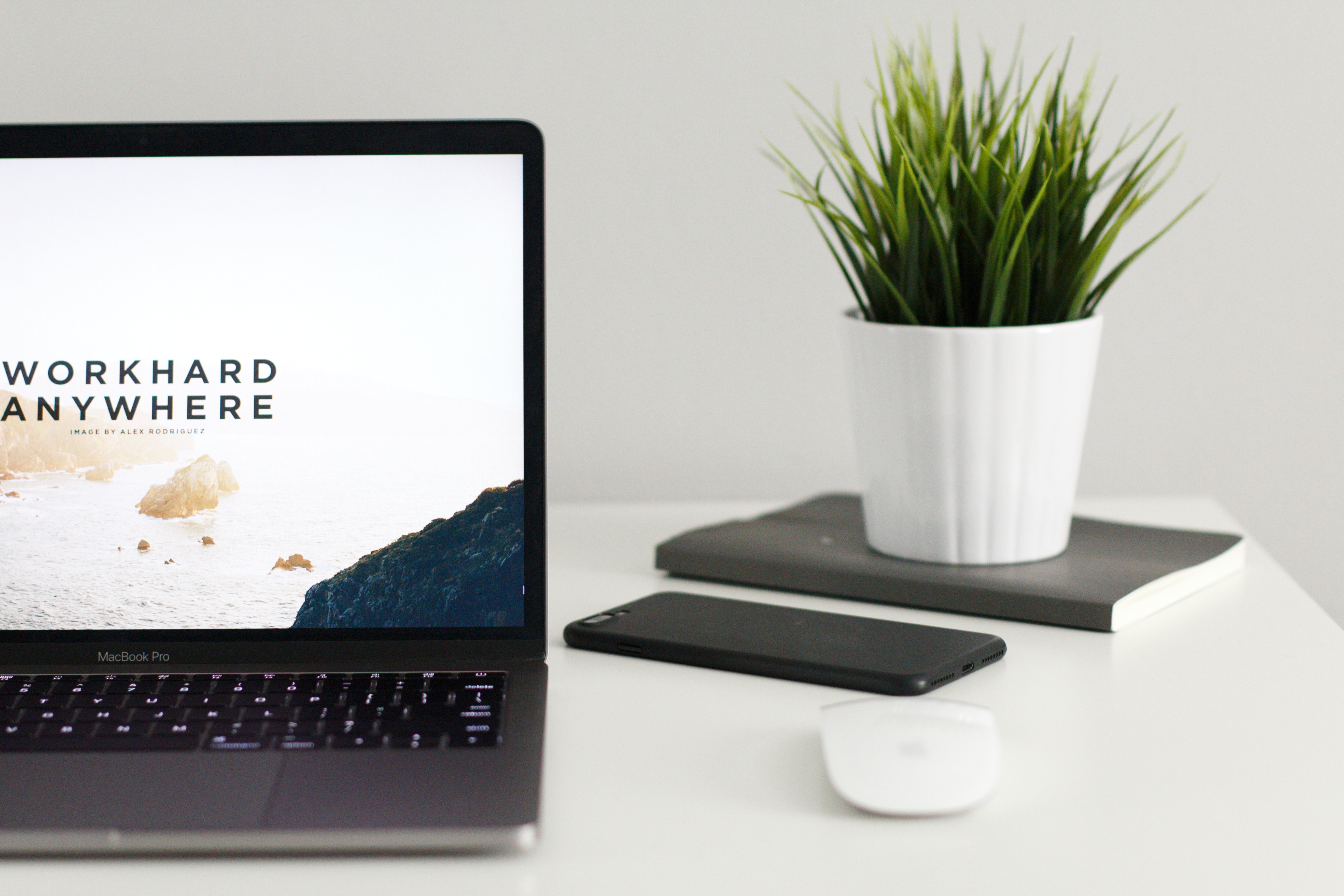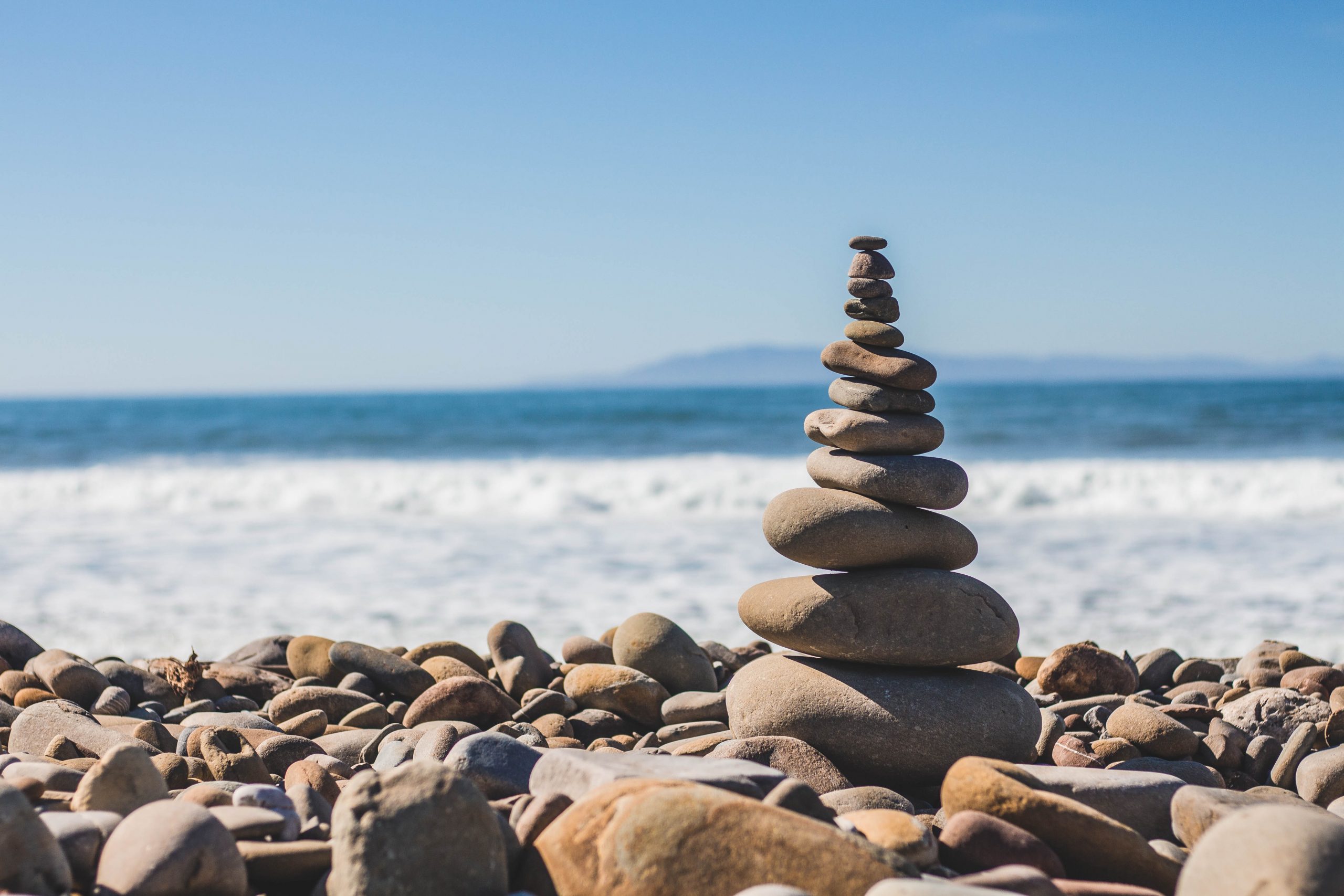
How to Achieve Work Life Balance: 15 Tips for New Remote Workers
Disclosure: My blog contains affiliate links, which means I receive a tiny commission for the products I share. Although I receive a commission for using and linking these products, I link these companies and products due to quality and not because of the commission I receive from your purchases. Whether or not you decide to buy something is completely up to you.
Why does remote work take over?
Working from home blends the line between your work and home life, making it difficult to switch into another mode. Many new remote workers struggle with finding a healthy work-life balance. Turning off your brain, especially when you're working on something you genuinely enjoy, can be nearly impossible at times.
Plus, starting a business alone is terrifying.
It's non-stop hard work. You must learn to protect your health (mentally and physically) and find a decent work-life balance, or your business quickly takes over your entire life.
And I speak from experience when I say that the next thing you know, years pass and you're old and lonely. Your friends move on with their lives. Or if you're not careful, you outgrow each other without realization because, well, you hardly see each other anymore.
Working remotely and/or starting a business are also the most rewarding decisions of your life. The ability to wake up each morning and follow your dreams is hard to explain. Your days consist of your hobbies, and you turn goals and hobbies into income. There is nothing like working remotely on a business that feels like fun "me" time.
I understand why people choose the structure and security that comes with an in-house position. Sometimes I crave knowing where my next paycheck will come from too. However, fear only holds us back from manifesting dreams into reality.
If you don't choose your path, no matter how daunting the road appears, you'll spend your life helping someone else achieve their goals. Wouldn't you rather turn your dreams into your life?
I know what choice I made.
Not everyone gets the same choice anymore, however.
Remote workers are now at an all-time high due to the Coronavirus. Even before the global pandemic, remote work statistics were climbing. According to Flex Jobs, remote work has grown 44% over the past five years and over 140% since 2005. Their study claims that there are over 4.3 million remote workers in the US alone - and that's before the virus spread.
Now, the US is experimenting with remote work more than ever. Not every worker gets a choice about where they work when we're all told to stay home, and the transition is rough - even when you make the conscious decision to work from home.
Whether you're a new entrepreneur, small business owner, freelancer, or temporary remote worker, the first thing you need is to set a few rules for yourself. Work-life balance can help you find the symmetry your life needs.
Read on to learn how to achieve work life balance. No matter what your life looks like, a life in balance comes with surprising rewards.
What is Work Life Balance?
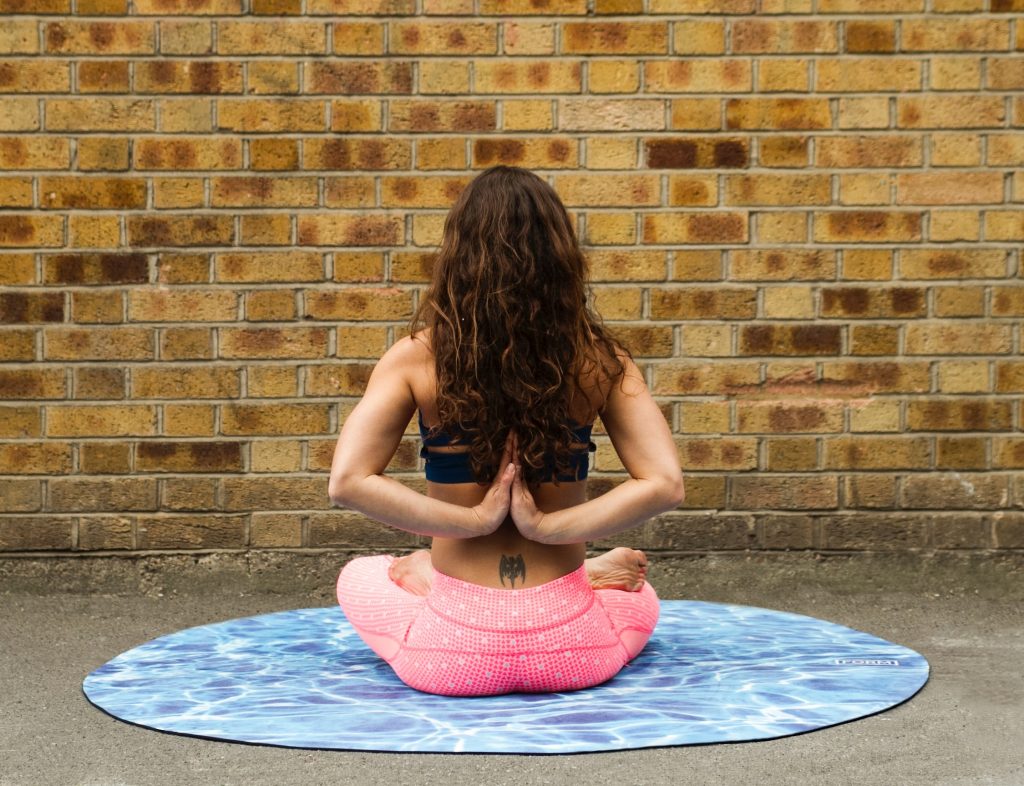
The Cambridge Dictionary explains the work-life balance definition as "the amount of time you spend doing your job compared with the amount of time you spend with your family and doing things you enjoy."
For example, "It can be difficult to find the right work-life balance for you."
Millennials in the workforce (myself included) made the term popular in recent years as a vital piece of what makes a healthy work environment and led to an overall happy lifestyle.
Maintaining a balance between your work and home life can help reduce or prevent:
- burnout
- chronic stress
- hypertension
- digestive issues
- chronic aches and pain
- heart problems
- depression
- anxiety
- insomnia
Negative results like these also impact your mental health, leading to fatigue, mood swings, irritability, and a decrease in work performance.
By instead prioritizing a healthy and balanced environment, you can save money and maintain productivity. You may reach your goals faster over time.
If you looked down at your life, much like the photo above, the overall outcome seems like you accomplished many goals simultaneously.
You'll live much happier as well. However, what happiness and work-life balance look like for you may vary from your neighbor.
The balance may also change over time as you add new goals or hobbies to your roster. In life, we must continuously evolve.
Checks and Balances: Examples in Real Life

I like to think of work-life balance as finding balance in life through all aspects.
For me, this means I spend as much time on work-related tasks as I do on maintaining the other things/relationships I find essential in my life.
These things include my garden, dog, husband, and myself, first and foremost. I make sure all our needs are met throughout the day so that I can give my working hours my full concentration and energy.
What my daily work-life balance looks like: I start my day by focusing on my needs. I get ready, make the bed, open the curtains for my plants, and run with my pup outside for around 30 minutes while the coffee brews.
Then, I shower and read my book for another 30 minutes. During this time, I also take in my to-dos for the day, drink water, feed the dog, water the plants, kiss my hubby good morning, and maybe take photos for social media if I see something that stands out.
The important part is that from the moment I step outside until after I read for a bit, I don't look at my phone. No emails, no texts, no work. My mornings are for me.
Throughout the entire morning, my phone is on silent and all notifications are permanently off. Otherwise, I find myself responding to texts and scrolling through social media for hours.
Next, I get to work. Sometimes I check work messages if I'm on a deadline. Still, I typically continue avoiding people for two hours so I can focus on writing.
Around lunchtime, I take a break. That's when I start returning emails and checking in with the world. I make sure to eat foods to boost my slipping energy levels, take the dog for a walk, and get back to work.
While working in the afternoon, I might sit on a yoga ball at my desk. I typically listen to music to drown out any noise from my neighbors, and I zone in. Sometimes I spend a few minutes clearing clutter and turn my phone back off before I get back to work.
I work until it's time to take the dog for yet another walk and cook dinner. If I can, I pre-prep meals to reduce cook time (which allows me to spend slightly more time on work and less time at the store/cooking/prepping). I stretch and check in with my husband or ask about his day.
I find that a life in balance like this helps me perform my best and feel excellent! A balanced life can look different for everyone, however.
Other people have a different meaning of work-life balance.
People that work in-house positions may look for work-life balance in the form of paid time off, vacation days, telecommuting opportunities, or extended maternity/paternity time.
Some employees might seek game rooms, free coffee, and perks like comfy seating or beer Fridays.
For remote workers, work-life balance may appear more like maintaining healthy habits - such as exercise, eating a healthy breakfast, and creating a comfortable work environment to protect their eye or back health. (ie. blue light blocking glasses, yoga ball desk chairs, and treadmill desks).
How to Achieve Work Life Balance in 15 Simple Steps

Use the following 15 tips to unblur the lines and strike your ideal work life balance daily.
Any of the ideas you'll find can help you live happier. Pick a few options to try or initiate the techniques you need as they become essential to your needs. Whatever you decide, you can't go wrong with any of these tips.
1. Turn All Notifications Off
Yes, all notifications.
Turn off your email, social media, tv, cell phone notifications, or anything else that may ding to grab your attention when you least expect.
With no notifications, you face no last-minute distractions.
2. Set Your Phone to Silent or Vibrate
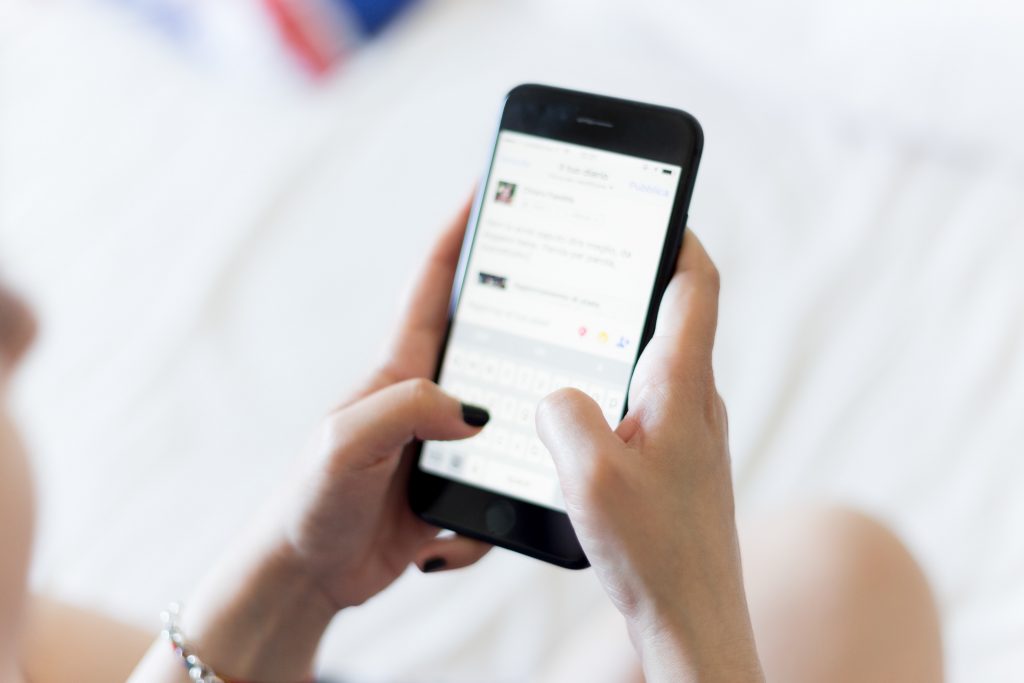
Unless you need your phone for work, set it to silent or vibrate. When you need to focus, doing so is another way to stop distractions before they start.
If you don't already work from home, trust me, the distractions will non-stop bombard you otherwise. You'll spend hours scrolling through social media or reading job postings all day long until your eyes bleed.
3. Play to Your Strengths
Outsource tasks that aren't your strong suit wherever you can.
Work when your energy is at its peak as well. Focusing on the right task at the right time can improve your productivity when you are working, allowing for more fun time when you're not.
For example, I write during the first two hours of my work morning because my brain is fresh and energetic at that time.
I also read first (even though many famous authors don't believe you should read before writing each day in fear of taking on another author's words and habits) because I have a hard time focusing at night and like to start my day doing something I genuinely love - which leads me to my next point.
4. Prioritize Daily Tasks

Your to-do list may grow long, so set your priorities. What are the most crucial tasks you must achieve each day? What do you need to do to stay on top of your goals?
I like to break my goals down into small tasks I can work on each day. That way, every single day, I do something that leads toward a more substantial mission or goal.
I also prioritize myself in the morning first because you can't pour from an empty cup. By prioritizing my family and myself, I feel better about zoning into work (probably since I tend to overwork).
Prioritize your work tasks next. Focus on your tough or dreaded tasks first to get them out of the way. Or, other people like to prioritize tasks by placing what's both urgent and important first. This strategy frees up brain power for creativity or problem solving throughout the day.
5. Schedule in "Me" Time
Many people (myself included) dive into work sometimes as a way to avoid the harshness of reality.
If you have difficulty making time for yourself, try blocking off "me" time in your schedule. During the time chunk, only focus on you.
Do something for yourself, like yoga or running, take a bubble bath, go to the library or your favorite store, write in your journal, play with puppies or kittens at the pet store, or work on your favorite hobby.
As you probably already guessed, I block off "me" time first thing in the morning. According to Gretchen Rubin's Four Tendencies framework, I'm a Rebel - which means I resist expectations from both myself and others. Unless I really and truly want to do something, I don't.
In other words, I act from a sense of choice, freedom, and self-expression. I wake up thinking about what I feel like doing rather than what needs to be done. I'm not able to live happy if I force myself to do something, and even more so if the pressure comes from an outside source.
It's much easier for me to work productively for 6-8 hours if I choose to start my day how I want. And what I always want is to stick my nose in a book, so I let it happen if the time isn't getting in the way of a super urgent task.
Maybe a technique like this won't work for you, especially if you're a vastly different person than me. However, I think you'll have greater success if you approach the start of your day in a similar rebel-specific way - particularly if you struggle to set time aside for yourself.
6. Stick to Set Work Hours

One of the greatest perks to working from home is getting to set your work hours. I won't take that away from you, but you should decide when your working hours will take place and try to stick to them consistently.
Sure, it sounds dull. "Why can't I just work when I want to?" you may think.
In my experience, no one ever wants to work. Even when work is fun, procrastination gets the best of everyone. You may weave into ignoring your work tasks in favor of other activities.
Whenever I start to slip away from regular work hours, work ends up taking over lunch, or I wind up working on a deadline until late into the night.
Things come up too, and many adults know it's better to set yourself up for success rather than wait for things to grow problematic. Save yourself some time and set your work hours.
7. Make Your Workspace Work for You
An office may no longer be a necessity to get work done, but there are still ways you can use the surrounding space to help you stay on track.
Productivity is easy to alter based on your environment and mood. A study from the University of Nebraska even proves temperature and noise affect your typing speed and accuracy. Therefore, the easiest way to take control of your productivity is to pay attention to your workspace.
My recent post can give you a few ideas on where to start: 20 Tips to Create a Productive Workspace Wherever You Are. A few of my favorite tips include incorporating:
- natural light
- headphones
- houseplants
- cozy blankets or sweaters
- picture frames filled with family and friends
- a dream board with images of goals
- yoga ball seating (or an ergonomic chair)
- raised or treadmill desks
- beautiful or color-coded file folders
- a diffuser and lavender essential oil
- a blue accent wall (or paint your entire home office blue)
- maybe an original painting or two
Finally, don't forget to keep your work necessities within reaching distance. On my desk, I only keep what I use daily. Your needs may vary. For me, these items include my notebook, planner, pens, white-out, and scissors.
8. Exercise or Meditate

Both exercise and meditation are highly effective stress reducers. Even if you don't feel stressed, daily practice can help you feel better prepared when stressful situations come up later in the day.
However, many people will remove exercise and meditation from their tasks at the first hint of stress. It's counterproductive. We literally remove the task that could aid the most when we truly need it.
I set my day up for success by exercising first. Sure, I use exercise as "me" time because it allows me to focus on my body and fitness goals. But exercise also helps:
- reduce your likelihood of illness or disease
- improve your mood
- control your weight
- boost your energy all day long
- you get better, more productive sleep
- promote a healthy sex life
- repair skin health
- improve your memory
- reduce pain in people with chronic conditions
The question should be, "why shouldn't you exercise?"
9. Limit Time Wasters
Time wasters can include people, social media, or activities. Anything you tend to waste time on when you should be working is a time-waster, and your best bet when it comes to working from home is to put a few blocks in place to protect your time against these time sucks.
Go back and think about your priorities. Devote your time to the people and activities you value the most. Set realistic boundaries for any distractions that don't fit within the tasks that you must do to reach your goals.
If that means you ignore a text from a friend or stay off social media until you're "off work," so be it. Do what's best for you.
10. Avoid Multitasking in Favor of Overlapping

I remember a time when we thought multitasking was an ornate skill. When I was working in the foodservice industry through college, we valued people who could juggle ten tasks at once and marveled when servers could remember multiple orders without writing anything down. I was one of these people.
However, multitasking was never a pro. Research from the American Psychological Association (APA) shows that multitasking slows down productivity. What I learned as a server in the foodservice industry is something I still use to this day. I'll let you in on my little secret: I never multitask; I overlap.
Think about this like two birds, one stone.
For example, serving is the best place to try an overlapping strategy. If you have never worked in the industry, servers may have anywhere from 3-10 tables at a time. At any given time, each table may need multiple things. You must also stay on top of refills, orders, putting items into the computer, communicating with the kitchen and bar, running food and drinks to your tables, and remembering what everyone wanted at once.
But I never looked at serving as a separate task for each table. I could do much more than many of my counterparts because I looked at my entire section as one large table. I overlapped the tasks by taking inventory of what my entire section needed before making a single trip to the back to return with everything I could carry at once.
Not only did I save time by walking back and forth, but the process also helped me remember what everyone wanted easier too. Before long, I didn't need to write anything down unless I was having an off day, and I made major bucks.
You can use the same technique in daily life.
If you have two tasks that are important to you, overlapping allows you to save time by knocking out both tasks at once. For example, if you want to spend more time hiking but want to see your best friend more often, you could overlap your hobby with friend time if they're interested in the hobby too.
As a remote worker, I now use the same technique regularly to save myself time. I bounce around on my yoga ball while I work for some added exercise. I type out email drafts as I pee. Sometimes I even dictate my blog posts on my phone as I walk around outside and soak up the sun.
11. Plan a Weekend Reward
To stay on track of your goals and maintain your social life, try to plan rewards for the end of your workweek.
If you decide to keep working M-F, you could plan a fun activity for the weekend. Planning the reward out with friends or family early in the week can provide something for you to look forward to, which is highly helpful when you have an especially trying week. Allow the anticipation and excitement to build for a few days and only stick with your reward if you get all the work done.
People who are more focused on incorporating work with the strategy would plan to attend a networking event as a reward for reaching a goal. (There's a bit of overlapping happening here as well).
12. Schedule Recurring Social Nights

Rather than plan your social nights out around your work schedule, pencil in weekly social "meetings" with the people you love.
You may choose to join a book group or have dinner every Thursday night with your bestie. The point is that the recurring night out saves you time from reaching out to your loved ones or figuring out what to do. You can enjoy your time together without having to figure out any logistics.
Even in the age of the Coronavirus, people are finding genius ways to stay connected. Technology allows us so many opportunities to keep social nights, even while social distancing.
Think further than avoiding social places like restaurants and parks. Rather than head over to a friend or family member's house for your weekly dinner, you could Facetime and eat dinner together. Don't have an iPhone? How about Skype? Zoom? An Android app similar to Facetime?
13. Take Lunch Away From Your Desk
Never surround yourself with work. You know what they say about all work and no play, right?
Well, whatever's going on in your day, however busy you may feel, always take a lunch break. Stop working and step away from your work area altogether. Avoid anything remotely work-related while you eat.
Studies show the break allows your brain some much-needed time to recover. As you eat lunch, your mind rests and recharges. After the brief pause, you will feel better equipped to handle the day.
The results include less stress, more concentration and creativity, and way more productivity. You also get up and move during your lunch break, which is ideal for your posture and overall health since sedentary lives (or sitting too much) is the new cancer. Energy levels gain excellent benefits too.
Wherever you choose to go for lunch is up to you. If you prefer to eat at your kitchen counter or dining table, go for it. The goal here is to move away from wherever you normally focus on work.
14. Set Time Limits

If you're trying to squeeze more tasks into your day or having issues staying on track, set time limits for every activity. Time can slip away if you don't pay attention.
First, the strategy helps you understand how much time you really take to complete a task. For example, I had no idea that my "quick" showers were more like 25 minutes, which ends up the main reason why I was often late to work in the morning.
Next, setting time limits allows you to play around with your stats later. If you know, for example, you can complete a 1,500-word blog post in two hours, you can try to increase your typing speed or accuracy to cut the time shorter.
Finally, you can also set boundaries for how long you spend on menial tasks. For example, you could set a goal of cooking (either lunch or dinner) in 30 minutes or less by incorporating meal prepping on the weekend or reheating foods.
The biggest issue I have in using a time limit technique is when I'm doing my favorite activity: reading. When I have a good book in hand, I never want to set it down. My morning reads are limited to no more than an hour (but that's only usually on slow days). Setting the limit reminds me that I have other tasks to focus on.
15. Invest in Time Tracking Tools
People who struggle and enjoy outer accountability may also enjoy using time tracking tools.
Some simply track how long you focus on a task, similar to using the last technique with a stopwatch or timer. Many freelancers must track the hours spent on a project for billing purposes. Others keep an entire team connected while working remotely, such as Slack or Zoom.
What tools you use depends on your needs.
If your goal is to organize a blog's content production and communicate with a team, Trello may work for you. Skype or Zoom are excellent for video conferencing. Dropbox and OneDrive are great file-sharing tools. Evernote helps me organize my links, research, and notes. Google Suites makes file collaboration easy. And Asana is the perfect platform for overall project management.
What Does Work Life Balance Mean for You?

Everyone has a different picture of the ideal work life balance. What does your dream look like? Let me know in the comments below.




